El Greco – Interesting Facts About El Greco, the Spanish Painter
Who was El Greco and where did El Greco live? El Greco was a Spanish painter who was initially inspired by the Byzantine icon tradition yet eventually produced works that were heavily inspired by the early Spanish and Italian Renaissance movements. In this article, we will take a look at El Greco’s biography and explore interesting facts about El Greco. In doing so, we will answer your questions about El Greco’s real name and others such as “How did El Greco die?”
El Greco’s Biography
| Nationality | Greek-Spanish |
| Date of Birth | 1st October 1541 |
| Date of Death | 7 April 1614 |
| Place of Birth | Crete, Greece |
Where did El Greco live? Although many people refer to El Greco as a Spanish painter as it was during his time in Spain that he become popular, El Greco’s real name is actually Doménikos Theotokópoulos, and he was born on the Greek island of Crete. His artwork and life were devoted to his faith, and his Mannerist style sought to look beyond the artistic depiction of nature toward deeper a psychological understanding of religious and mythological themes.
His initial plan was to follow the tradition of court painters, but his distinctive style soon exceeded any of the conventional styles.
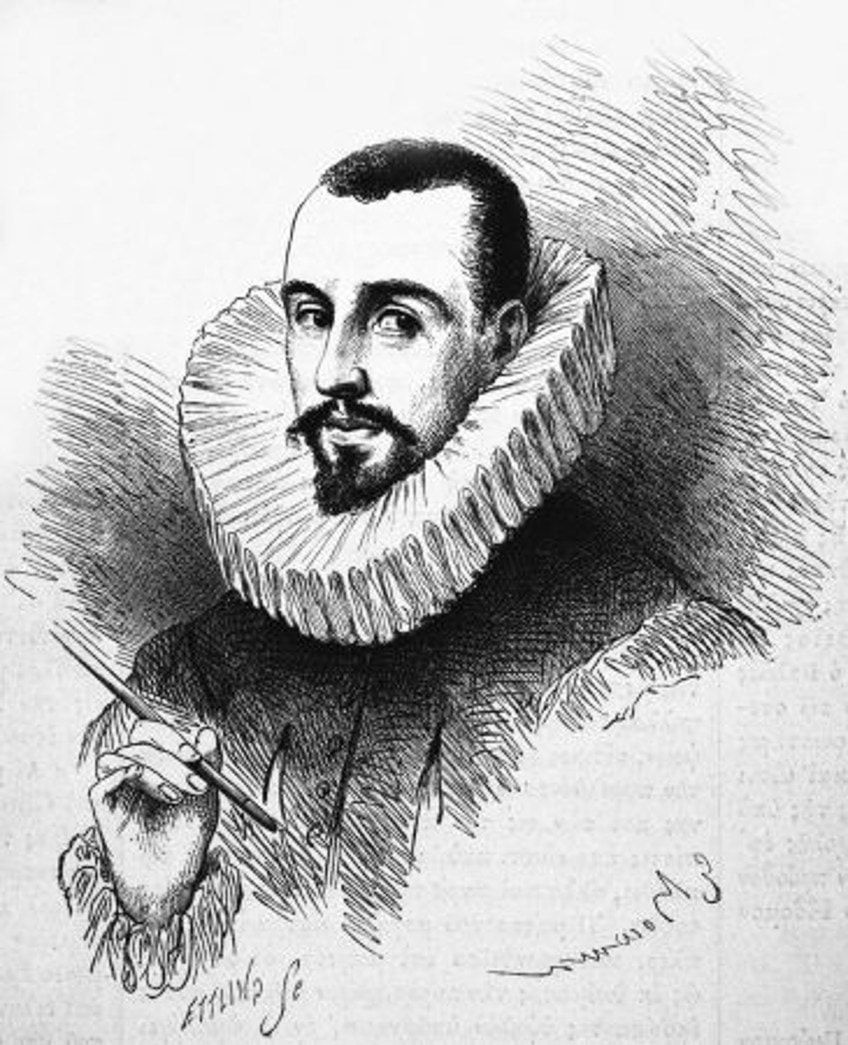
Education and Early Training
In his adolescence, Theotokópoulos studied to be a Byzantine icon painter on the island of Crete – a style that featured devotional portraiture of religious subjects. He had already mastered this style by the time he was only 22 and upon completing his studies, several churches commissioned him to produce alter pieces for them. Historians are not sure of the exact date, but it is generally accepted that he was around 26 years of age when he decided to take the same journey as many artists before him and traveled to Venice in pursuit of his dreams.
It was in this new city that he not only found the Byzantine art that he had hoped to discover, but was also introduced to the emerging Italian Renaissance art.
He also joined Titian’s workshop, a painter often regarded as among the greatest artist of his time. In order to gain a better understanding of how to portray complex stories or messages, he started to study Renaissance artworks, specifically figurative construction, as well as perspective. Yet, being a young artist in a foreign country, his work at this time was not particularly well received.

Mature Period
The artist would spend a total of three years in Venice before moving to Rome in 1570, staying in the palace quarters of Cardinal Alessandro Farnese, a very affluent patron of the arts. It would not have been easy for just any young artist to find himself in such a position, and he was most likely recommended to the Cardinal by a friend from Venice. While in Rome, he set up a workshop and employed a couple of apprentices, and joined the painters’ academy.
During his time in this city, he honed his artistic skills further and started to find how distinct style.
Although he was inspired by the contemporary Renaissance art of the time, he wanted to set himself apart from other artists by exploring new ways to portray religious subject matter beyond the traditional manner. He soon discovered these potential styles in the Mannerism movement and eschewed traditional artistic principles such as natural realism, balance, and proportion in favor of the elongated and agile forms of Renaissance art mixed with the gestures and perspectives of the Mannerists. He was thus able to create a sense of religious, emotional, and psychological tension in his works through his application of unrealistic colors and artificial distortions.
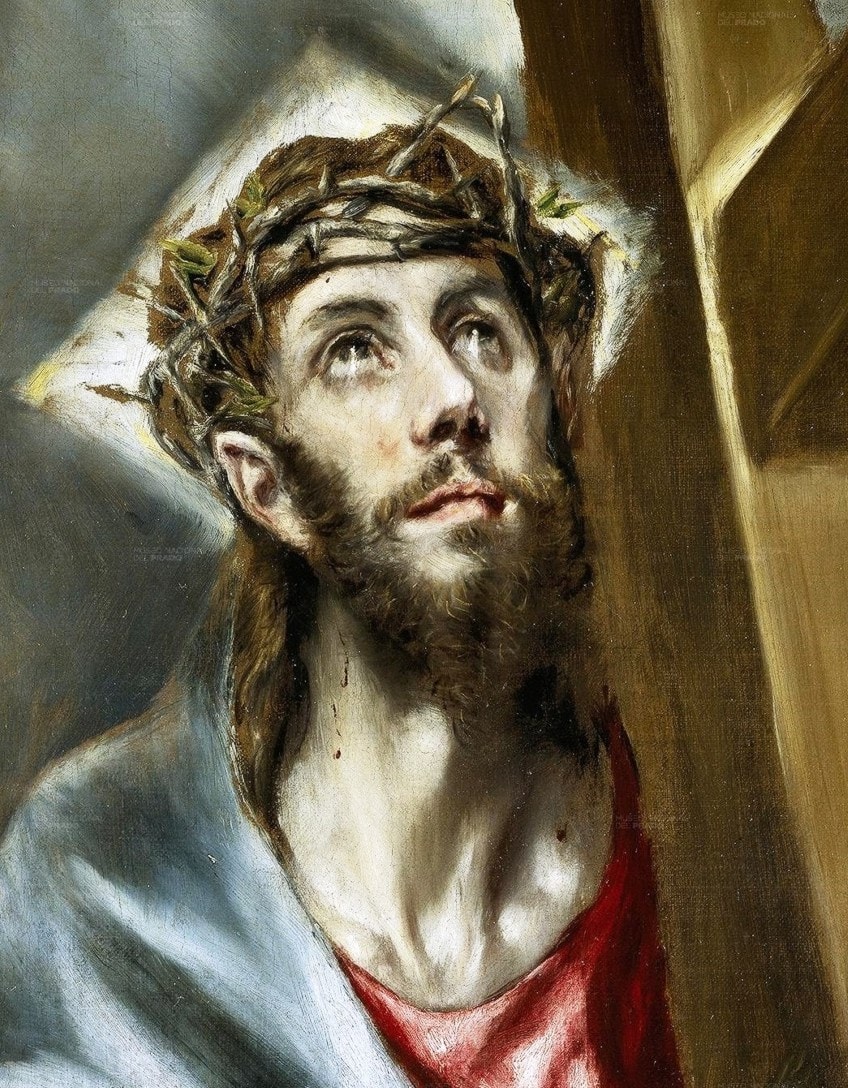
Despite being a part of the painters’ guild, and being on the cusp of a breakthrough, he still had not received any commissions after being in the city for six years. This is most likely because he was known for openly criticizing the work of Michelangelo, who had only passed away a few years prior and was highly regarded in the city. He had apparently claimed that he could easily have produced something better and more Christian than Michelangelo’s portrayal of The Last Judgment (1541).
In 1577, his drive and determination to improve and learn more as an artist eventually led him to Spain.

His first stop in Spain was Madrid, followed by Toledo, which was regarded as a historical center for commerce, religion, and art. Most historians agree that it was in Toledo that the artist started to be called “El Greco” by his fellow artists, which means “The Greek” in Spanish. Yet, there are a few historians that point out that he could have also picked up the nickname during his time in Italy, as it was a common practice to name people according to where they came from.
He was proud of his background, though, and often signed his paintings using the Greek alphabet.

It was not long before he had amassed a group of like-minded friends, as well as commissions from various local churches. This period of the artist’s life is marked by his conversion from Greek orthodoxy to Catholicism. Not much is known about his personal life, but his religious devotion is evident and it is even claimed that he painted because the spirits had told him to do so.
His religious devotion was not exclusive to his artwork but permeated every aspect of El Greco’s life.
Yet, it is through his art that he sought to lift the craft from mere aesthetic depiction to something that embodied concepts of a higher spiritual realm. Due to his desire to lift his art into the realms of something far greater than his peers, he is regarded as a modernist and innovator of his time. Many would regard him as an elitist though, as he believed that he was a conduit of the universe whose job it was to fill society with his artworks in order to uplift mankind and that only the chosen such as himself could understand the language of art as it originated in the heavens.

Although the exact date is unknown, at some point in El Greco’s mature years, the most powerful and wealthiest European ruler of that era, King Phillip V, commissioned El Greco to paint for him. This was something that he had aspired towards since his days on Crete. This, however, would not be the case, as the King despised the works and sent the artist back to Toledo. Despite fierce criticism for his style, he continued to paint in his unique manner, refusing to change the way in which he painted due to his devotion to his vision.
Fortunately, the people of Toledo appreciated his artwork for its distinct style and he was welcomed back.

There is also evidence to suggest that he also worked as an architect and sculptor while in Toledo, although no examples of these works exist. As a Renaissance man, he was not only creative, but also cultured and knowledgeable, and his personal library contained all the classical Greek, Spanish, Roman, and Latin literature.
He was by no means a hermit or anti-social, as many artists tended to be, and he was known as a shrewd businessman when it came to the art market, and there were many people who supported his works, although nothing compared to the art market “hustlers” such as Rubens or Titian.
Later Work
El Grego relocated to Marqués de Villena’s palace in 1585, presumably to attain a larger workshop space. He was a social person and enjoyed close relationships with several writers, clergy, and academics. His most active period of work was between 1597 and 1607, receiving multiple commissions from several monasteries and churches at the same time. Many of his most renowned masterpieces were produced during this prolific phase. How did El Greco die, though? While producing a piece for the Hospital Tavera in 1614, he suddenly fell ill and passed away shortly after. He had always enjoyed a rather comfortable life but did not leave behind a substantial estate.

Legacy and Accomplishments
Although not a Spanish painter by birth, El Greco was one of the Spanish Renaissance’s most prominent figures who helped define art in the 15th and 16th centuries. Nowadays he is regarded as one of the greatest painters and visionaries of his era, but during his lifetime, his highly individualistic artworks were met with great confusion and reluctance.
Writers, collectors, and artists of the Romanticism movement in the 19th century brought his art back into the public spotlight through their appreciation and dissemination of his works.

Legacy
Yet, it would only be in the 20th century that a point had been reached where his works could be viewed and admired from a historical perspective. Inspired by El Greco’s compositional arrangements, and distinct style, the foundations were laid for artists to explore the geometric shapes and single perspective of multiple angles of Cubism. Picasso was highly influenced by El Greco’s works, studying his works and observing an approach that was very modern for its time.
In many aspects. El Greco paved the way for modern art, with his approach that steered away from naturalistic depictions toward art that was sourced from inner drama, bold use of colors, free-flowing figures, and emotion.
El Greco’s art also paved the way for the Expressionist movement, incorporating his more organic use of form and color, such as can be observed in the works of Vincent van Gogh. While being regarded as the quintessential Spanish painter, his distinct style set him apart from his peers, and he is regarded as a proto-modern.
Apart from his obvious influence on artists, it is the spiritual aspects of his art that he is most remembered for.
Accomplishments
Now that we have explored El Greco’s biography, let’s discuss a few of the artist’s accomplishments and facts about El Greco. What set El Greco apart from other artists of his era was his unique application of paint (which appeared almost as if rendered in chalk) as well as his elongated figures. It was a style that incorporated Byzantine traditions, yet also marked a diversion from the more typical traditions of classical art.
Eschewing the traditional criteria of proportions and measure, he strove for a form of expression that held higher regard for the use of intuition and imagination than for subject portrayals.
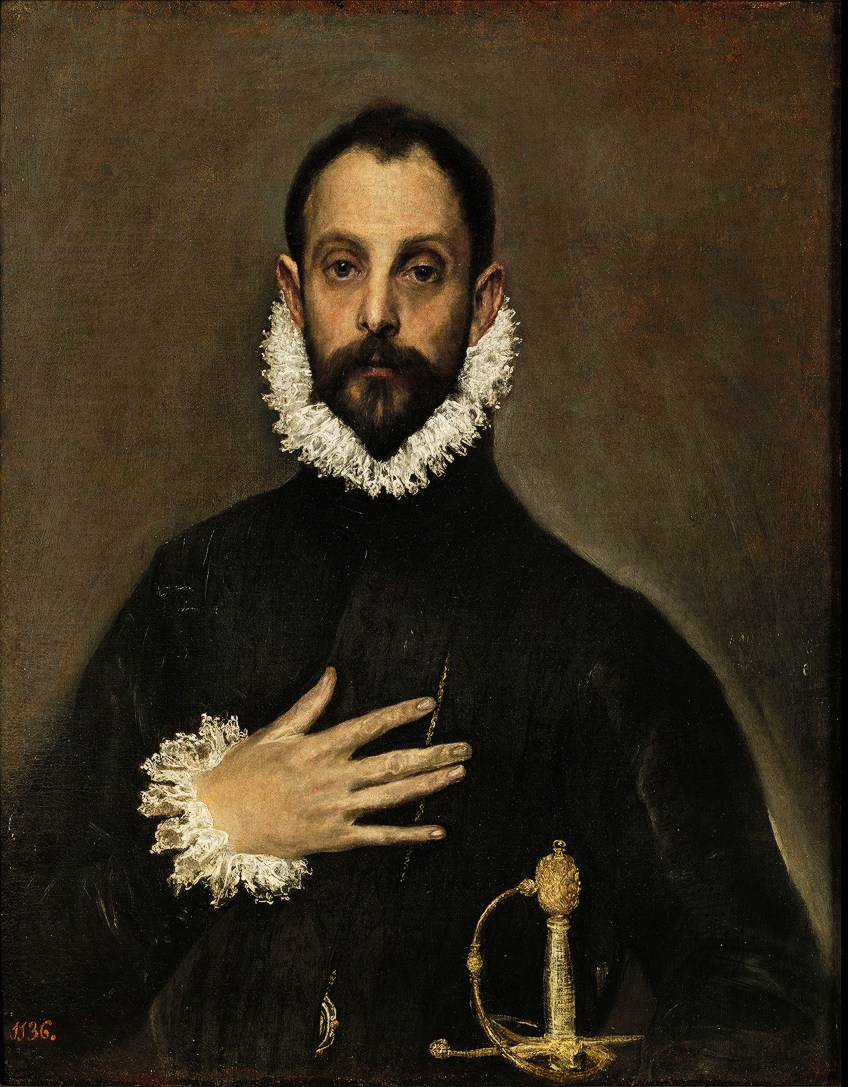
To challenge the status quo, he would employ methods such as extreme foreshortening in his works. His work was characterized by a style that expressed rather than described a scene and its subjects. This was achieved through the un-lifelike application of color and weird juxtapositions, such as choosing to create sections of highlights right next to thick and dark outlines.
Although not a naturalistic aesthetic, it was meant to elicit an emotional response in its viewers instead.
Important Artworks
Now that you have learned about the Spanish Renaissance artist, and read so much about his style, perhaps you would like to check out his art for yourself. Renowned not only as a prominent artist of the Renaissance period in Spain but also as a proto-modernist, his works have increasingly gained more appreciation over the centuries due to their distinct style.
Here are some of his most well-known works for you to examine and enjoy in your own time.
| Title | Year | Medium | Location |
| The Holy Trinity | c. 1579 | Oil on canvas | Museo del Prado, Madrid |
| The Nobleman With his Hand on his Chest | 1580 | Oil on canvas | Museo del Prado, Madrid |
| The Burial of the Count of Orgaz | 1588 | Oil on canvas | Iglesia de Santo Tomé, Toledo |
| Madonna and Child with Saint Martina and Saint Agnes | 1599 | Oil on canvas | The National Gallery of Art, Washington DC |
| View of Toledo | 1599 | Oil on canvas | The Metropolitan Museum of Art, New York City |
| The Ecstasy of St. Francis of Assisi | 1600 | Oil on canvas | Church in Kosów Lacki |
| Christ blessing (The Saviour of the World) | 1600 | Oil on canvas | Scottish National Gallery, Edinburgh, UK |

Recommended Reading
That wraps it up for the facts about El Greco’s life. But there is always more to explore regarding El Greco’s biography and art. If you would like to learn more about the famous Greek and Spanish painter, then check out one of these awesome books!
El Greco: Life and Work-A New History (2019) by Fernando Marias
If you are interested in learning more about El Greco and his art, then this is the book for you. It contains incredibly restored and cleaned reproductions of his most well-known works, which allows one to observe aspects of his art that have been hidden for centuries. This beautifully illustrated volume is the definitive guide to his art, featuring the best quality versions of his oeuvre to date.
- Features superb new reproductions of El Greco's best works
- Includes a detailed biography and 215 color illustrations
El Greco: Ambition and Defiance (2020) by Rebecca J. Long
This book offers an examination of El Greco’s persistent vision and reinvention of his style. Presented in a visually stunning format, it delves into the life of a man with a singular artistic vision and spiritual drive. With discussions about more than 60 of his works, it offers an in-depth look at his style and achievements.
El Greco was considered by many to be a pioneer of the Spanish Renaissance and an artist with a single vision about what his art was meant to portray. Regarded by some as an elitist who felt that he was one of the chosen few that could interpret God’s messages, he sought to use his art to depict those messages in an unrealistic manner utilizing unconventional colors and stretched-out forms. Yet, despite not being fully appreciated in his lifetime, his work would in the following centuries pave the way for many movements, such as the Expressionists.
Take a look at our El Greco paintings webstory here!
Frequently Asked Questions
Who Was El Greco?
El Greco was a famous painter that helped define the Spanish Renaissance as well as the Mannerist movement. El Greco’s real name is Domenikos Theotokopoulos, and he was originally from Crete, a small Greek island. Yet, he traveled to Venice, Rome, and Spain, and would eventually adopt the title of El Greco, which in English translates to meaning The Greek.
Where Did El Greco Live?
Initially, he grew up and studied in Crete. However, after completing his studies there, he went to study and work in Venice, Rome, and Spain. It was in Spain that he developed his style fully and became well-known. At one stage he was sent to the palace of King Phillip V, but the king did not approve of his style at all and he was sent back to Toledo where he was well received.
How Did El Greco Die?
In 1614, while producing an art piece for the Hospital Tavera, he suddenly fell ill and died shortly after. It is not known exactly what illness he passed away from. Despite always living in relative luxury compared to many other artists of his time, he did not amass a huge fortune and the estate he left behind was not incredibly large. However, his legacy cannot be overvalued, and his works have enriched the lives of many.
Isabella studied at the University of Cape Town in South Africa and graduated with a Bachelor of Arts majoring in English Literature & Language and Psychology. Throughout her undergraduate years, she took Art History as an additional subject and absolutely loved it. Building on from her art history knowledge that began in high school, art has always been a particular area of fascination for her. From learning about artworks previously unknown to her, or sharpening her existing understanding of specific works, the ability to continue learning within this interesting sphere excites her greatly.
Her focal points of interest in art history encompass profiling specific artists and art movements, as it is these areas where she is able to really dig deep into the rich narrative of the art world. Additionally, she particularly enjoys exploring the different artistic styles of the 20th century, as well as the important impact that female artists have had on the development of art history.
Learn more about Isabella Meyer and the Art in Context Team.
Cite this Article
Isabella, Meyer, “El Greco – Interesting Facts About El Greco, the Spanish Painter.” Art in Context. September 25, 2022. URL: https://artincontext.org/el-greco/
Meyer, I. (2022, 25 September). El Greco – Interesting Facts About El Greco, the Spanish Painter. Art in Context. https://artincontext.org/el-greco/
Meyer, Isabella. “El Greco – Interesting Facts About El Greco, the Spanish Painter.” Art in Context, September 25, 2022. https://artincontext.org/el-greco/.






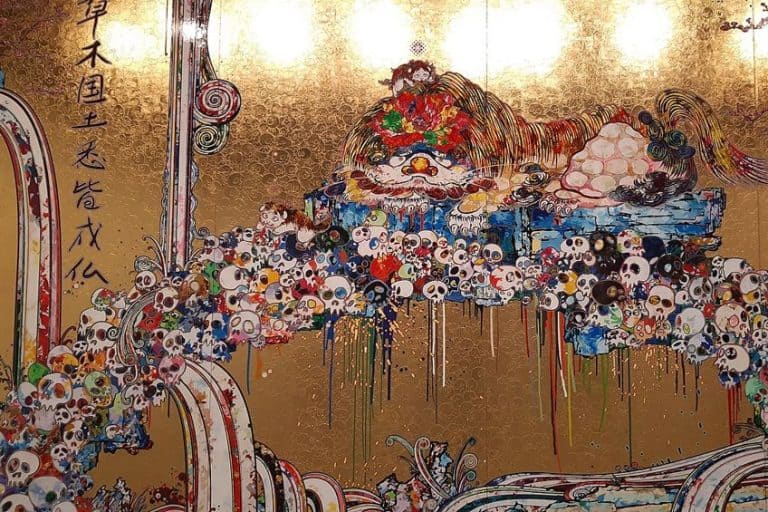


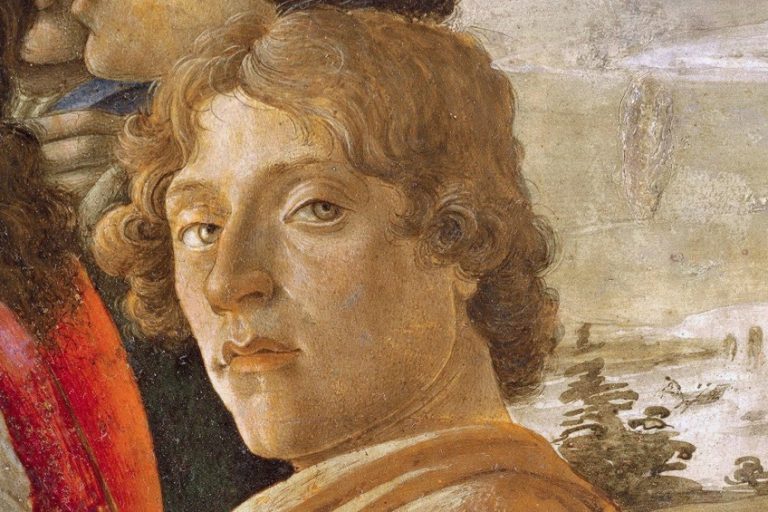




I traveled to Europe later in life after graduate school and when I did I went to Spain, for El Greco and his work, because I knew the King of Spain brought him there and like their patron artist they meaning Spain don’t like the art there to travel.So if there’s a famous El Greco you want to see you better hope it’s not in Spain.